Breaking a bunch of green onions in early spring is not a delight. For the owner of a country house or cottage to get a feather on the greens is simple. Accelerate the process of greenhouse polycarbonate.
Table of contents
Types and varieties of onions, giving thick greens
Thick greens give multi-varieties.Consider the most productive varieties - a multi-starter variety, which gives a large number of feathers and popular varieties of shallots during the season:
Chipoluccio
Chipoluccio is an early maturing, fruitful variety of shallot. Greens after planting can be cut in 2-3 weeks. The pen has an original spicy taste. Bulb weight up to 50 g. The growing season is 70 days.
Aristocratic
Aristocratic - Shallot. From one sowing bulb in the nest, from 6 to 12 pieces of new ones weighing from 50 to 100 g are formed. This type of people is called family.
The variety is early ripening, full-fledged bulbs ripen in 70 days. Cut greens are ready in 4 weeks.

Old russian
Starorussky (red, yellow) is a type of shallot. It gives a powerful, bright green feather with a wax coating. Seed material is stored well and for a long time (2 years). The variety is resistant to many diseases of bulbous cultures. Up to 10 pieces are formed in the nest.
Reproduction is only vegetative, since the arrows do not form. Gardeners consider this view the most cost-effective for forcing greens. Cut shallot ready 20-30 days after planting.
Lilac ringing
Lilac Chime this 7 kg of green per season from 1 sq.m. soil. The variety is early ripe, when grown in open ground, cutting is carried out after 20 days. During the summer, spend a few cuts. Frost-resistant.

Stutgarten Riesen
Stutgarten Risen is a multi-seed, high-yield variety with good immunity to most diseases. The productivity of the variety is high.
In the presence of 4-6 buds in the seed with 1 square. m. get up to 15 kg of green.
When is it best to plant onions on greens in the open field
For home consumption, a turnip for greens can be planted in open ground at the end of April, provided that the earth warms up and its temperature in the night and morning hours is not lower than 12 degrees.
For commercial purposes, the turnip for greens is grown in a greenhouse. If there is heating there, distillation can be practiced throughout the year.

The main thing you need to get a pen:
- high quality seed;
- fertile substrate;
- watering;
- top dressing;
- backlight.
With a long light day the optimum air temperature 18-22 degrees. Yields at lower temperatures fall. At higher air temperatures, product quality decreases.
How to plant sevok
There are proven methods for planting turnip greens. Experienced gardeners successfully apply planting methods:
- pavement;
- tape
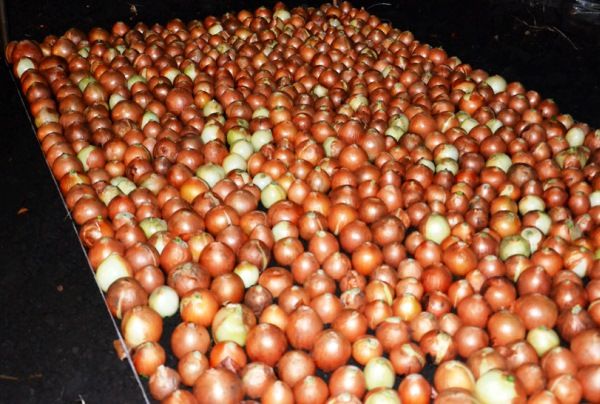
In addition to the method of landing is important choose the right place and prepare a fertile soil (substrate) before sowing any variety.
Choosing a place to grow
Choosing a place for planting on greens, consider the principles of crop rotation.
Planted after crops:
- cucumbers;
- squash;
- pumpkins;
- cabbage;
- a tomato;
- potatoes
In the shade, the bow grows poorly, the feather is pale and thin. Ridge better to have in an open, sunny place. During the rains on it should not be stagnant.
Proper soil preparation for planting
We prepare the bed for planting in the fall before planting. Determine the acidity of the soil. With increased acidity add dolomite flour. Consumption - 50 g-sq. m. Onions like friable soil with a pH of 6.5 to 7.5.
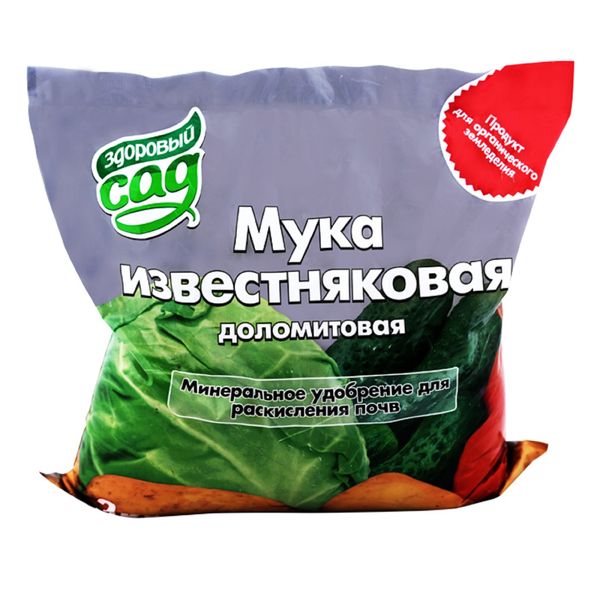
In the autumn under digging make:
- Humus ½ bucket;
- Superphosphate 2 tbsp. l;
- Potassium chloride 1 tbsp. l
Consumption is indicated in square meters. m. To dig up the soil for 20 cm with a shovel or motoblock. Spring dig again and make urea 10 m. Square m. 7 days before sowing the ridge to pour a solution copper sulphate. In a watering can pour 10 liters of water and dissolve 20 g of the drug in it.
Planting onions for forcing the feather
Before planting the bulbs should be kept in a warm room. Before you plant seed sevka in the garden, they need to sort out. Discard damaged copies. Sort by size. The greatest crop of feathers give onions from 2 to 4 cm diameter, weighing from 15 to 40 g.
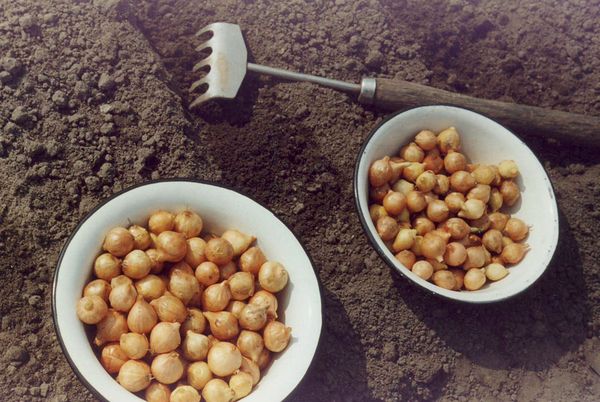
Experienced gardeners recommend before planting to hold activities that increase yields, accelerating germination:
- The selected material must be moistened and kept for 48 hours in a warm room at an air temperature of 25 degrees.
- A quarter length trim the tops in the bulbs.
- Dissolve 30 g of ammonium nitrate in 10 liters of warm water (35 degrees) and place the bulbs in it for 16 hours.
Approximate consumption of sevka at the bridge mode 13 kg per square meter. Consumption is big because the bulbs stick into the ground tightly to each other. Inter-row do not. The advantages of this method are obvious:
- landing space is saved;
- all the forces of the plant go to the formation of the pen.
The bridge method is particularly advantageous to use to grow onions in greenhouses.
Tape method suggests formation of furrows with an interval of 10 cm. The bulbs fit into the furrows tightly to each other or with a small indent of 1-2 cm. Furrows fall asleep with a thin layer of earth (2 cm).
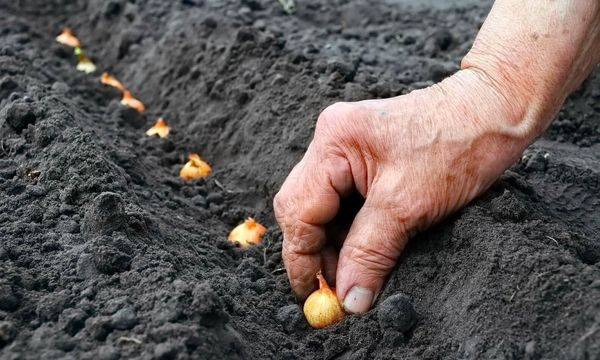
Care rules
The main care for outdoor culture is in the right watering. In its absence, the feather is bitter and thin. With an excess of bulbs rot, the crop suffers.
To maintain the necessary humidity, take into account the weather and check the soil moisture at a depth of 3 cm. Approximately recommend watering 2 times a week with no rain.
If the soil is prepared correctly and filled with organic matter and mineral fertilizers, you can not feed them. When the belt planting method to loosen the land between the rows, remove weeds.
When to harvest green onions
Crop harvested, focusing on the length of the pen. On the whole ridge there will be shoots of the same length, if the seeds before planting were calibrated in size and planted sevka of the same variety.
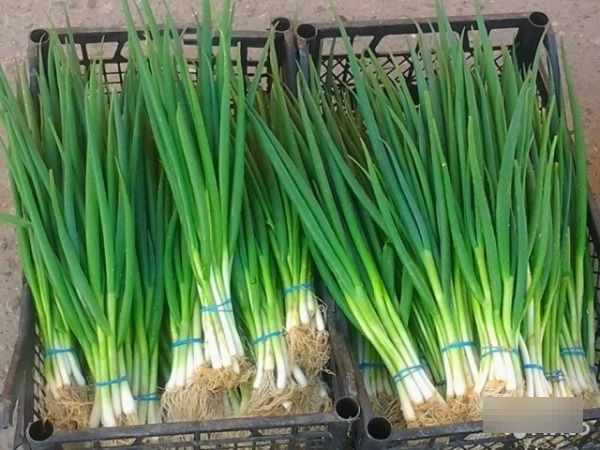
For all grades requirements for the length of the pen alone. Considered to be the size of goods from 24 to 42 cm. When this length is reached, feathers are cut for sale or for personal consumption.
No need to spend a lot of time and effort to get a feather on the greens for home consumption. Before you engage in the forcing of turnips on the greens on a large scale, it is worth assessing their capabilities on a small scale. Choose the most productive variety, master the technology of preparation of planting material and soil. With the right approach, success is guaranteed.
